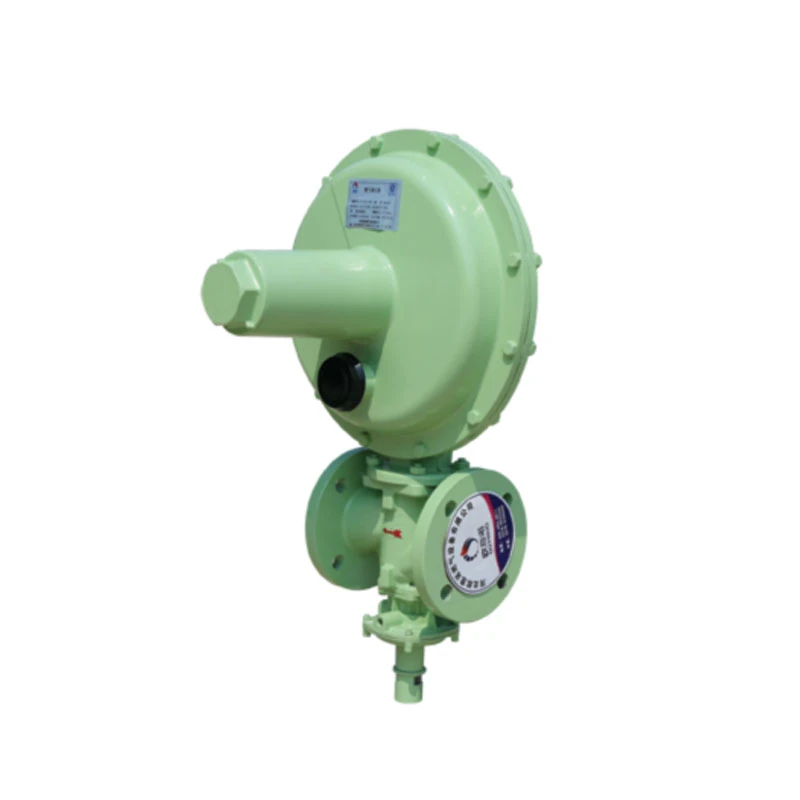
Dec . 06, 2024 21:44
Back to list
reducing station
Understanding Reducing Stations Key Components and Functions
Reducing stations play a critical role in various sectors, particularly in industries that handle gases or liquids under high pressure. These facilities are designed to decrease the pressure of gases from high-pressure pipelines or storage tanks to a level suitable for distribution or usage. The operation of reducing stations is essential not only for safety but also for ensuring the efficiency of gas supply systems, such as those found in natural gas distribution networks, chemical processing plants, and power generation facilities.
At the core of a reducing station is the pressure regulator, a sophisticated device that ensures a consistent outflow pressure regardless of variations in inlet pressure. The pressure regulator operates by measuring the downstream pressure and adjusting the gas flow accordingly. If the pressure exceeds a predetermined level, the regulator will restrict the flow, allowing the downstream pressure to stabilize within the desired range. Conversely, if the pressure drops, the regulator will allow more gas to flow through. This dynamic regulation ensures that end-users receive gas at a stable pressure, which is crucial for the efficient operation of appliances and industrial processes.
In addition to pressure regulation, reducing stations often incorporate several other components to enhance their functionality and ensure safety. For instance, inlet and outlet isolation valves are installed to secure the system during maintenance or emergencies. Pressure relief valves are also a standard feature, providing an additional safety mechanism by releasing excess pressure to prevent system failures and potential hazards.
Monitoring and control systems are integral to modern reducing stations. Advanced telemetry and remote monitoring tools allow operators to oversee the performance of the station in real-time. These systems can alert operators to irregularities, such as sudden pressure spikes, leaks, or equipment malfunctions. This capability significantly reduces the risk of accidents and enhances the overall safety of the gas distribution system.
reducing station

Reducing stations are commonly used in natural gas applications, where the gas is transported at high pressures through pipelines. Once the gas reaches the reducing station, it is brought down to a moderate pressure level suitable for residential and commercial use. This process is vital, as excessive pressure can lead to damaging consequences, including ruptured pipes or impaired appliances.
In chemical processing, reducing stations are equally important. Many chemicals require precise pressure control during production or handling. Deviating from the required pressure range can affect product quality or yield, leading to costly production losses. Thus, reducing stations help maintain optimal conditions, ensuring that chemical plants operate efficiently and safely.
The design of a reducing station may vary based on its application, the nature of the gas being handled, and local regulations. Typically, engineers consider several factors, including flow rates, temperature, and required pressure drop when designing these systems. In addition to performance requirements, adherence to safety regulations and environmental standards is paramount, emphasizing the responsibility that engineers and operators have in this sector.
In conclusion, reducing stations are essential infrastructures in gas distribution and processing industries. They ensure that gases are delivered at safe and usable pressures while incorporating advanced safety mechanisms and monitoring systems. As technology continues to evolve, the efficiency and reliability of reducing stations will only improve, providing safer, more controlled environments for gas utilization across various applications. This ongoing advancement reflects a growing commitment to safety, efficiency, and environmental sustainability in modern industrial operations.
Latest news
-
Safety Valve Spring-Loaded Design Overpressure ProtectionNewsJul.25,2025
-
Precision Voltage Regulator AC5 Accuracy Grade PerformanceNewsJul.25,2025
-
Natural Gas Pressure Regulating Skid Industrial Pipeline ApplicationsNewsJul.25,2025
-
Natural Gas Filter Stainless Steel Mesh Element DesignNewsJul.25,2025
-
Gas Pressure Regulator Valve Direct-Acting Spring-Loaded DesignNewsJul.25,2025
-
Decompression Equipment Multi-Stage Heat Exchange System DesignNewsJul.25,2025

